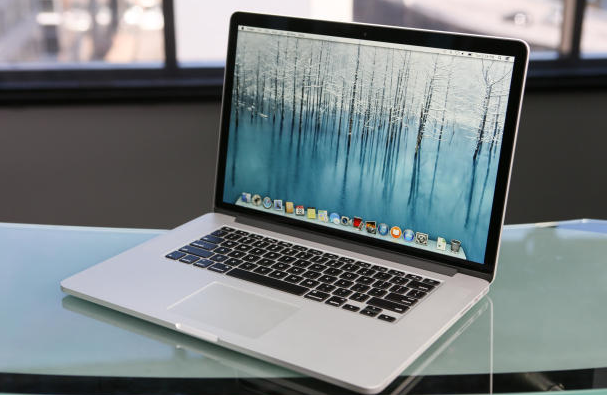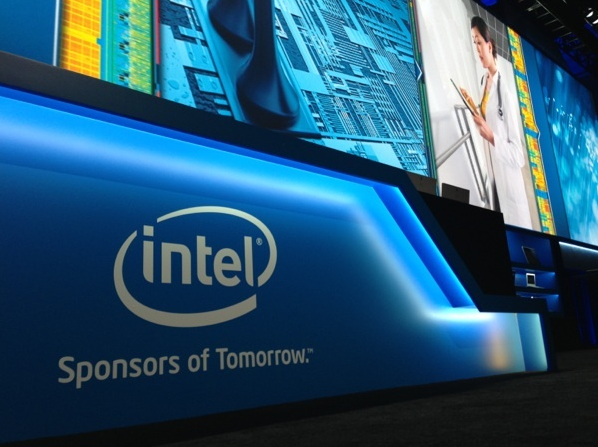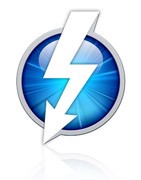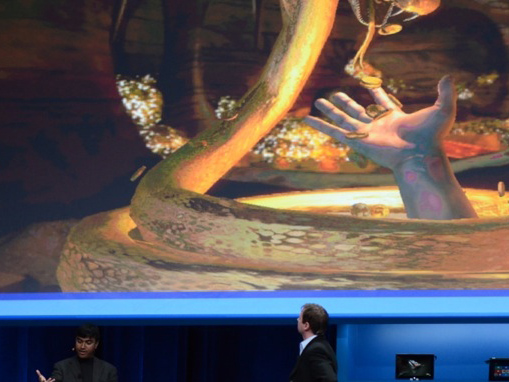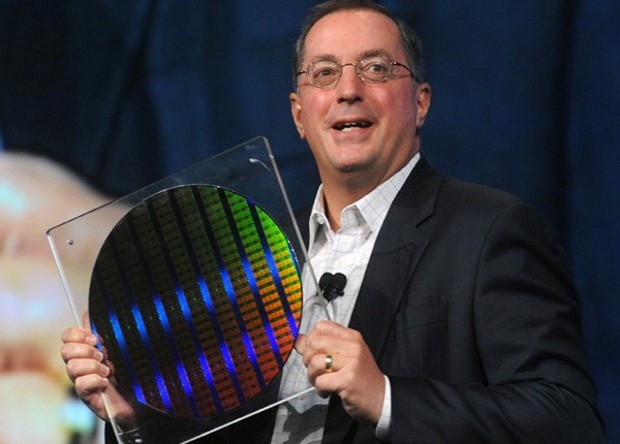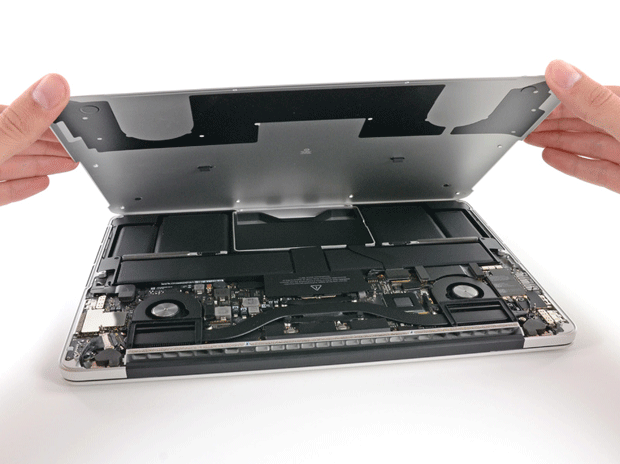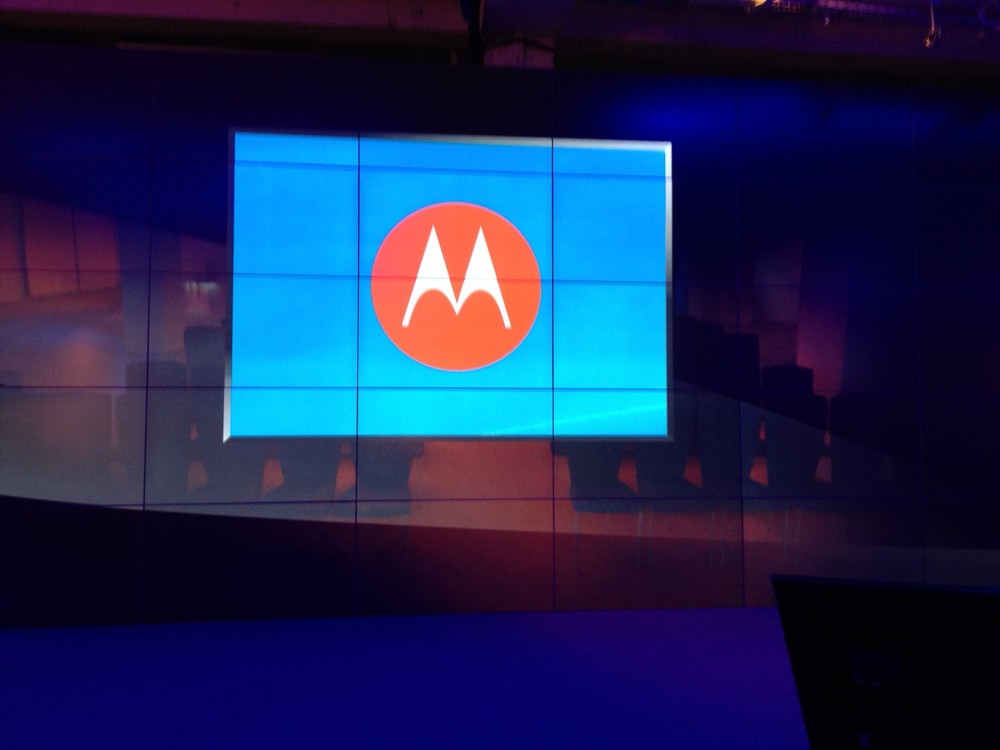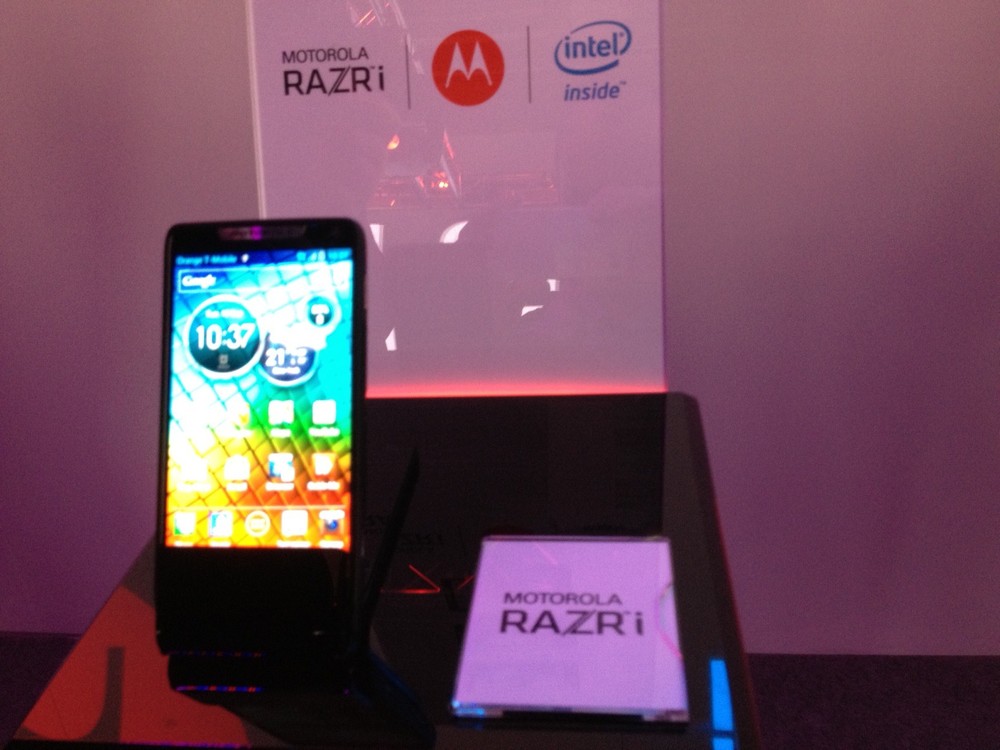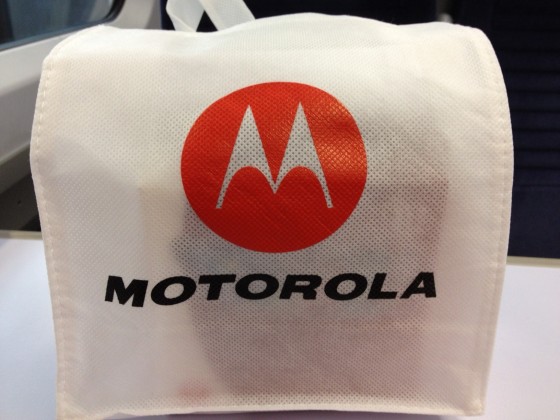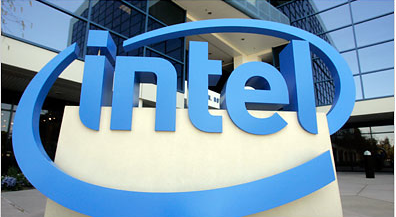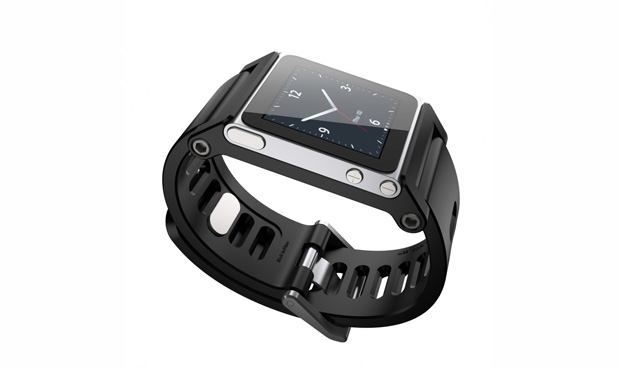 Tech-infused watches have been very hit-and-miss over the years. For every Pebble watch gaining plaudits, there's an LG Watchphone that sinks without a trace. While they are becoming more popular, in various guises, none have really become an essential part of our tech get-up.
Tech-infused watches have been very hit-and-miss over the years. For every Pebble watch gaining plaudits, there's an LG Watchphone that sinks without a trace. While they are becoming more popular, in various guises, none have really become an essential part of our tech get-up.
Well that could change soon, if a rumour from Chinese site Tech 163 (via PocketNow) is to be believed. Because Apple is rumoured to be working with Intel on a smart watch that could go on sale in the first half of 2013. And if Apple gets involved, expect others to up their game, sharpish.
The timepiece is rumoured to have a 1.5-inch OLED screen with indium tin oxide coated glass. It'll run iOS, which is no great surprise.
So could the rumour be true? Despite the many failed attempts, techy timepieces are improving. Sony launched an Android-powered time-teller this year, and devices like the Pebble e-paper watch gained a lot of attention on Kickstarter recently. Nike's Fuelband -- which monitors your activity to keep you fit -- while not strictly a watch, is a wrist-based piece of tech that's been a huge success. Apple's previous iPod nano could be worn as a watch as well -- just slot it into a strap. So we are getting more used to wearing our tech on our wrists.
I think if Apple was to venture into watch territory, it would be more of a 'hobby' product than a huge launch. Maybe as an extension of the old iPod nano, with a few fitness apps to rival Nike's Fuelband. Apple tends to wait until a product area is quite mature before going into it, so it can learn from others, so it could be the time is almost right. But let's wait and see.
[Source: CNET]
